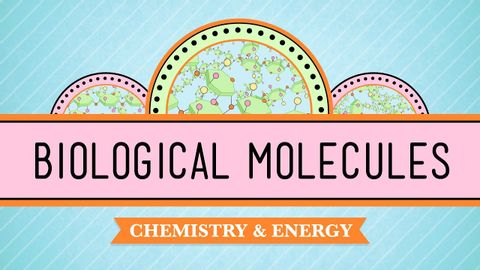
Subtitles & vocabulary
Biological Molecules - You Are What You Eat: Crash Course Biology #3
00
Chi-feng Liu posted on 2013/04/23Save
Video vocabulary
eat
US /it/
・
UK /i:t/
- Verb (Transitive/Intransitive)
- To put food in your mouth
- (of a substance, especially acid) to destroy or wear away (something) gradually by chemical action.
A1
More water
US /ˈwɔtɚ, ˈwɑtɚ/
・
UK /'wɔ:tə(r)/
- Uncountable Noun
- Clear liquid that forms the seas, rivers and rain
- Large area such as an ocean or sea
- Intransitive Verb
- (Of the eyes) to produce tears
- (Mouth) to become wet at the thought of nice food
A1
More fat
US /fæt/
・
UK /fæt/
- Uncountable Noun
- Amount beyond what is usual or necessary
- Oily part of meat
- Adjective
- Having too much weight for the body size
- Bringing or having a large amount of money
A1
More food
US /fud/
・
UK /fu:d/
- Noun (Countable/Uncountable)
- What people and animals eat to live
- Things taken in by plants to maintain life
A1TOEIC
More Use Energy
Unlock All Vocabulary
Unlock pronunciation, explanations, and filters
